Up until recently, adorning entire surfaces with subtle repeating textures was only found in specific textile-based industries, such as handbags, footwear, and other fashion accessories. Seeing the luxurious visual properties inherent in a material like diamond-quilted black patent leather (as on the classic Chanel handbag), designers in other industries took note. Up until the late 2000’s, designers in the product, furniture, architectural categories had emphasized minimal, unadorned, clean surfaces over any surface ornamentation. But Yves Behar’s work on the Jawbone headset (and other Aliph products) adapted large-scale repeating textural surface patterns inspired from the Fashion category. Soon, many other product categories from Interiors to Consumer Electronics began exploring these rich surfacing techniques, and Macro Patterns went from a subtle third-read detail to a major first-read design element. Because of their inherent visual complexity, these patterns are best used on simple, uncomplicated forms and broad, clean surfaces. Because of the exaggerations created by shadow and reflection, the surface height of these sculptural features can be very subtle. In fact, too much depth in the repeating pattern off the primary surface could be confused with Modular Elements. Typical patterns involve repeated geometries like diamonds, triangles, circles, honeycombs, or organic cell-shapes, and typically extend full-bleed to all surface edges. When treated as major first-read elements (which means reducing the visual impact of form, surfacing, color/material/finish, and graphic elements), Macro Patterns can bring an incredibly vibrant and sophisticated visual statement to any concept.


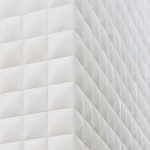


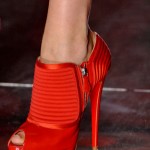
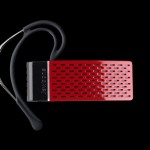
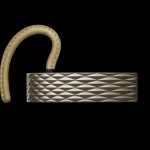

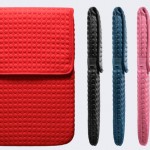

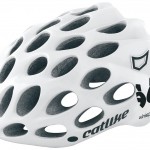

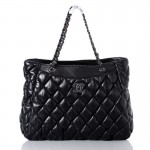
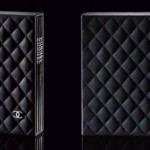
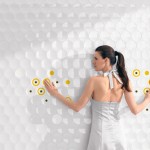
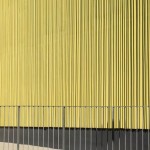
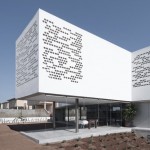
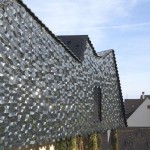
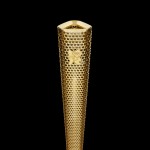

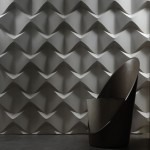






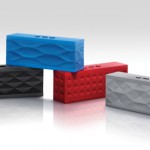
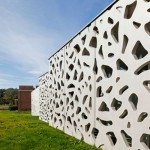


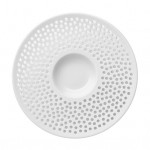
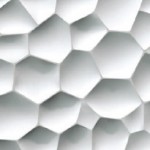


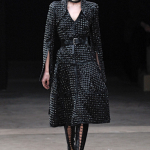

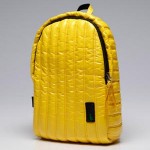
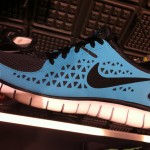

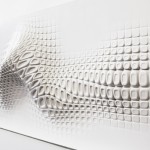

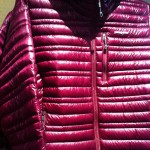
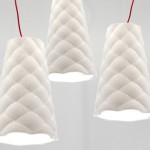
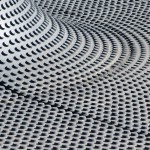

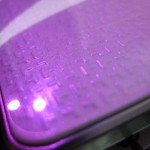
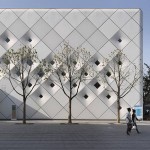

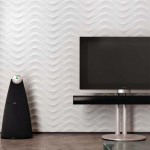
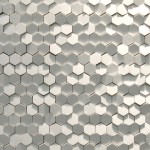
Kool
Very Kool.
-AWOL Trends
Amazing!!!
thank you